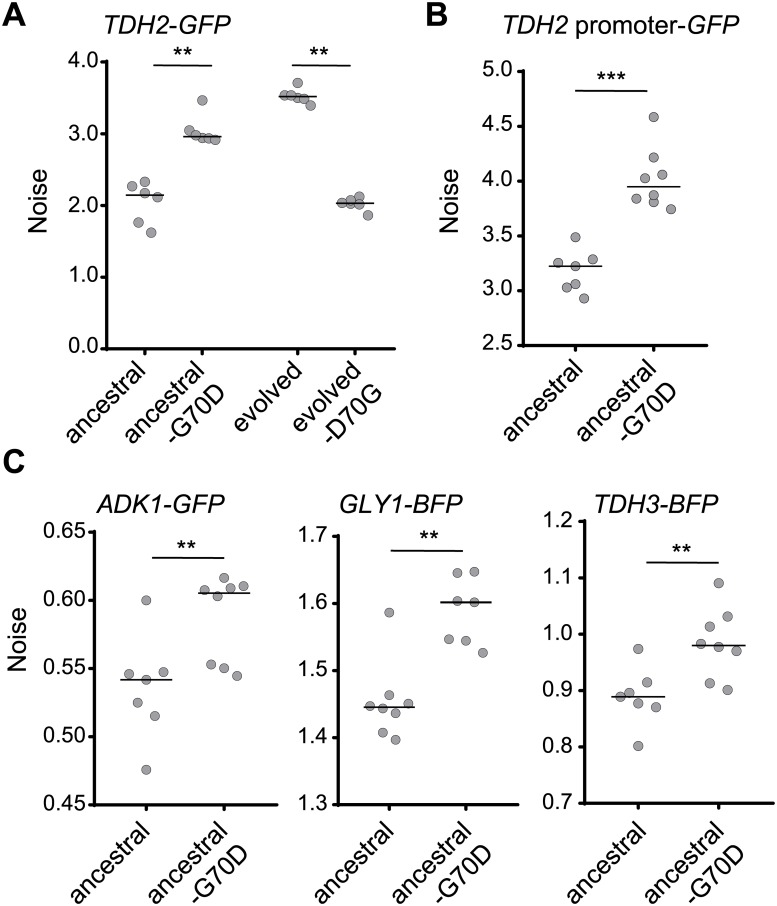Fig 4. The hmt1-G70D mutant recapitulates the increased noise phenotype observed in the evolved line.
(A) Reconstituting the hmt1-G70D mutation in the ancestral background increases Tdh2-GFP noise, whereas reversing that mutation in the evolved background decreases it (one-sided Wilcoxon rank-sum test, n = 6; p = 0.0011 for the ancestral background, p = 0.0025 for the evolved background). (B) Reconstituted hmt1-G70D mutant cells exhibit increased expression noise of the TDH2 promoter–GFP construct (one-sided Wilcoxon rank-sum test, n = 8; p = 0.0002). (C) Reconstituted hmt1-G70D mutant cells present increased noisy expression of Adk1-GFP, Gly1-BFP, and Tdh3-BFP (one-sided Wilcoxon rank-sum test, n = 7–8; p = 0.0030 for ADK1, p = 0.0011 for GLY1, p = 0.0030 for TDH3). All mutants were constructed using the CRISPR/Cas9 system. The median value of replicates is represented by horizontal solid lines among groups of data points. **p < 0.01, ***p < 0.001. Data associated with this figure can be found in the supplemental data file (S1 Data). BFP, blue fluorescent protein; GFP, green fluorescent protein.

